Ukiyo-e artists and schools
I put together a list of ukiyo-e artists and schools. I’ve tried to keep the list as complete as possible, but there are so many artists and schools that it’s hard to cover them all. Whenever I find out about a new artist or school, I’ll add it to the list. I hope you find it helpful. The list is ordered by the founding date of the schools.

Fukaku Shinobu Koi, by Kitagawa Utamaro, c. 1793–94. Source: Wikimedia Commonsꜛ (license: public domain)
Hishikawa School
Founded in the 1670s by Hishikawa Moronobu, this school, also known as the Moronobu school, is considered the starting point of ukiyo-e. Moronobu’s works were among the first to depict daily life and fashion, setting a precedent for future ukiyo-e artists. The school’s style is characterized by dynamic compositions and expressive figures.
- Founder: Hishikawa Moronobu (founded in 1670s)
- Notable Artists:
- Hishikawa Morofusa
- Hishikawa Moroyoshi
- Hishikawa Moronaga
- Hishikawa Moroshige
- Hishikawa Morohira
- Tamazaki Ryūjo
Kaigetsudō School
Established in the early 1700s by Kaigetsudō Ando, this school is known for its focus on beautiful women (bijin-ga) and bold, simplistic lines. The Kaigetsudō style emphasizes elegance and refinement, often featuring women in elaborate kimonos against minimal backgrounds.
- Founder: Kaigetsudō Ando (founded in 1700s)
- Notable Artists:
- Kaigetsudō Anchi
- Kaigetsudō Dohan
- Kaigetsudō Doshin
- Kaigetsudō Doshu
- Kaigetsudō Doshū
- Hasegawa Eishun (Baiōken Eishun)
- Matsuno Chikanobu
Torii School
Founded in the early 1700s by Torii Kiyomoto and Torii Kiyonobu I, this school specialized in actor prints (yakusha-e) and theatrical subjects. The Torii style is recognized for its strong lines and dramatic portrayal of kabuki actors, reflecting the vibrant culture of Edo-period theater.
- Founders: Torii Kiyomoto and Torii Kiyonobu I (founded in 1700s)
- Notable Artists:
- Torii Kiyonobu II
- Torii Kiyomasu I
- Torii Kiyomasu II
- Torii Kiyomitsu I
- Torii Kiyotsune
- Torii Kiyohiro
- Torii Kiyosato
- Torii Kiyonaga
- Torii Kiyomasa I
- Torii Kiyomine I
- Hanegawa Chinchō
- Kondō Kiyoharu
- Torii Kiyotada
- Katsukawa Terushige
- Torii Kiyotomo
- Torii Kiyoshige I
- Torii Kotondo (he is also known for his later Shin hanga works)
Miyagawa School
Miyagawa Chōshun established this school in the early 1700s, with a style that combined the elegance of bijin-ga with a focus on narrative scenes. The Miyagawa school is noted for its detailed and sophisticated compositions, often depicting scenes from classical literature and daily life.
- Founder: Miyagawa Chōshun (founded in early 1700s)
- Notable Artists:
- Miyagawa Isshō
- Miyagawa Chōki
- Miyagawa Shunsui
Okumura School
Also known as the Masanobu school. Founded in the 1720s by Okumura Masanobu, this school is known for its innovative use of perspective and development of the single-sheet print format. Masanobu’s works often feature scenes of urban life, festivals, and courtesans, reflecting the vibrancy of Edo culture.
- Founder: Okumura Masanobu (founded in 1720s)
- Notable Artists:
- Okumura Nobufusa
- Okumura Toshinobu
- Tanaka Masunobu
- Mangetsudō
Nishikawa School
Also called Sukenobu school. Established in the 1720s by Nishikawa Sukenobu in Kyoto, this school is known for its refined and elegant depictions of women and genre scenes. Sukenobu’s works are characterized by their delicate lines and graceful compositions, often illustrating scenes from classical literature and everyday life.
- Founder: Nishikawa Sukenobu (founded in 1720s)
- Notable Artists:
- Nishikawa Suketada
- Kawashima Nobukiyo
- Nishikawa Terunobu
- Takagi Sadatake
Nishimura School
Also known as the Shigenaga school. Founded in the 1720s by Nishimura Shigenaga, this school is noted for its realistic and detailed portrayal of landscapes (fūkei-ga), kabuki actors (yakusha-e), and historical scenes. Shigenaga’s style is marked by careful attention to detail and a strong narrative quality.
- Founder: Nishimura Shigenaga (founded in 1720s)
- Notable Artists:
- Ishikawa Toyonobu
- Nishimura Shigenobu
- Suzuki Harunobu
- Yamamoto Fujinobu
- Tomikawa Fusanobu
- Yamamoto Yoshinobu
- Hirose Shigenobu
Katsukawa School
Also known as the Shunshō school. Established in the 1760s by Katsukawa Shunshō, this school is famous for its detailed and dynamic portraits of kabuki actors (yakusha-e). Shunshō’s innovative approach to actor prints set a new standard in the genre, emphasizing realism and expressive characterizations.
- Founder: Katsukawa Shunshō (founded in 1760s)
- Notable Artists:
- Koikawa Harumachi I
- Katsukawa Shunrō
- Katsukawa Shun’ei
- Katsukawa Shuntei
- Katsukawa Shun’en
- Katsukawa Shundō II
- Katsukawa Shunrin
- Katsukawa Shōju
- Katsukawa Shundō
- Katsukawa Shunzan
- Katsukawa Shunjō
- Katsukawa Shunsen (Katsukawa Shunkō II)
- Katsukawa Shunchō
- Katsukawa Shunkō I
- Katsukawa Shungyō
- Tamagawa Shunsui
- Kinchōdō Sekiga
- Katsukawa Shunri
- Katsukawa Shunwa
Kitao School
Also known as the Shigemasa school. Founded in the 1770s by Kitao Shigemasa, this school is known for its versatile approach to subject matter, including portraits (ōkubi-e), landscapes (fūkei-ga), and book illustrations. Shigemasa’s work is characterized by its fine linework and balanced compositions.
- Founder: Kitao Shigemasa (founded in 1770s)
- Notable Artists:
- Kitao Shigemasa II
- Kubo Shunman
- Kitao Masanobu
- Kitao Masayoshi
Furuyama School
Established in the 1770s by Furuyama Moroshige, this school focused on genre scenes and portraits (ōkubi-e) with an emphasis on delicate lines and refined compositions. The Furuyama school contributed significantly to the development of bijin-ga and genre painting in ukiyo-e.
- Founder: Furuyama Moroshige (founded in 1770s)
- Notable Artists:
- Furuyama Moromasa
- Furuyama Morotane
- Furuyama Morotsugu
Eishi School
Also known as Hosoda school. Founded in the 1780s by Chōbunsai Eishi, this school is renowned for its elegant and refined portrayals of women (bijin-ga). Eishi’s style features graceful, elongated figures and sophisticated compositions, often depicting scenes from the pleasure quarters.
- Founder: Chōbunsai Eishi (founded in 1780s)
- Notable Artists:
- Ichirakute Eisui
- Chōkōsai Eishō
- Chōkyōsai Eiri
- Gessai Gabimaru
- Chōensai Eishin
- Rekisentei Eiri
- Harukawa Eizan
Harunobu School
Established in the 1760s by Suzuki Harunobu, this school is credited with pioneering full-color prints (nishiki-e). Harunobu’s works are celebrated for their delicate colors, lyrical compositions, and romanticized depictions of everyday life and classical themes.
- Founder: Suzuki Harunobu (founded in 1760s)
- Notable Artists:
- Isoda Koryūsai
- Shiba Kōkan (Suzuki Harushige)
- Yasunobu
- Komai Yoshinobu
- Suzuki Haruji
- Masunobu
- Mitsunobu
- Naka Kuninobu
- Morino Sōgyoku
- Ueno Shōha
Utagawa School
Founded in the 1780s by Utagawa Toyoharu, the Utagawa School became one of the most influential ukiyo-e schools, known for its wide range of subjects including landscapes (fūkei-ga), actors (yakusha-e), and historical scenes. The school produced many famous artists, including Hiroshige and Kuniyoshi, known for their innovative compositions and technical mastery.
- Founder: Utagawa Toyoharu (founded in 1780s)
- Notable Artists:
- Utagawa Toyohiro
- Utagawa Hirochika II
- Utagawa Toyokuni I
- Utagawa Toyokuni II (Toyoshige)
- Utagawa Toyokuni III (Kunisada)
- Utagawa Toyokuni IV
- Utagawa Kunimasa
- Utagawa Kunisada II
- Utagawa Kunisada III
- Utagawa Kuniyasu
- Utagawa Kuninao
- Utagawa Kuniyoshi
- Utagawa Yoshikata
- Utagawa Yoshikatsu
- Utagawa Yoshijo
- Utagawa Yoshinobu
- Utagawa Yoshitorijo
- Utagawa Yoshitsuna
- Utagawa Yoshitsuru
- Utagawa Yoshikazu
- Utagawa Yoshitomi
- Utagawa Kunikiyo
- Utagawa Kunihisa
- Utagawa Kunitora
- Utagawa Kuniteru I
- Utagawa Kunihiro
- Utagawa Kuniaki I
- Utagawa Kuniaki II
- Utagawa Kunimasa IV
- Utagawa Kokunimasa
- Utagawa Kunisato
- Utagawa Kunitoshi
- Utagawa Kuniteru II
- Utagawa Kuniteru III
- Utagawa Kunimatsu
- Utagawa Kunimasu I (Sadamasu)
- Utagawa Kunihisa II
- Utagawa Kunichika
- Utagawa Sadahide
- Utagawa Sadakage
- Utagawa Sadafusa
- Utagawa Fusatane
- Utagawa Sadahiro
- Utagawa Sadayoshi
- Utagawa Yoshifuji
- Utagawa Yoshiharu
- Utagawa Yoshitoyo
- Utagawa Yoshimori
- Utagawa Yoshimasa
- Utagawa Yoshitora
- Utagawa Yoshimune
- Utagawa Yoshiume
- Utagawa Yoshitsuya
- Kawanabe Kyōsai
- Hayakawa Shōzan
- Utagawa Yoshiiku
- Kobayashi Ikuhide
- Utagawa Yoshitama
- Utagawa Yoshifusa
- Tsukioka Yoshitoshi (though commonly not using the Utagawa name, he was a student of Kuniyoshi and heavily influenced by the Utagawa School; however, he is more commonly known by his own name rather than the Utagawa name)
- Risshō II
- Shōsai Ikkei
- Utagawa Shigemaru
- Utagawa Shigekiyo
- Utagawa Hiroshige (Andō Hiroshige)
- Utagawa Hiroshige II (Shigenobu)
- Utagawa Hiroshige III
- Utagawa Hirokage
Shunkōsai Fukushū School
Established in the 1780s by Shunkōsai Fukushū, this school is noted for its prints depicting kabuki actors (yakusha-e) and theater scenes. The school’s style is characterized by bold lines and dramatic expressions, capturing the dynamic energy of the Osaka theater scene.
- Founder: Shunkōsai Fukushū (founded in 1780s in Osaka)
- Notable Artists:
- Shunshosai Hokuchō
- Gatōken Shunshi
- Shunbaisai Hokuei (Shunkō III)
- Seiyōsai Shunshi
Ryūkōsai School
Founded in the 1790s by Ryūkōsai Jokei, this school focused on actor prints (yakusha-e) and urban scenes. The Ryūkōsai style is known for its expressive and lively depictions of kabuki actors, contributing to the rich cultural tapestry of Osaka’s ukiyo-e.
- Founder: Ryūkōsai Jokei (founded in 1790s in Osaka)
- Notable Artists:
- Shōkōsai Hanbei
- Urakusai Nagahide
Ishikawa Toyonobu School
Established in the 1740s by Ishikawa Toyonobu, this school is recognized for its graceful and detailed bijin-ga and actor prints. Toyonobu’s style emphasizes elegance and refinement, with a strong influence on subsequent ukiyo-e artists.
- Founder: Ishikawa Toyonobu (founded in 1740s)
- Notable Artists:
- Ishikawa Toyomasa
Kawamata School
Founded in the 1790s by Kawamata Tsuneyuki, this school is known for its realistic and detailed prints of kabuki actors (yakusha-e) and urban life. The Kawamata school’s works are characterized by their dynamic compositions and vibrant portrayals of Edo culture.
- Founder: Kawamata Tsuneyuki (founded in 1790s)
- Notable Artists:
- Kawamata Tsunemasa
- Kawamata Tsunetatsu
Shigenobu School
Established in the early 1800s by Yanagawa Shigenobu I, this school is noted for its detailed and expressive prints of actors (yakusha-e) and genre scenes. Shigenobu’s works are distinguished by their strong lines and vivid characterizations.
- Founder: Yanagawa Shigenobu I (founded in early 1800s)
- Notable Artists:
- Yanagawa Shigenobu II
- Tōrōsai Shigemitsu
Koikawa School
Founded in the early 1800s by Koikawa Harumachi I, this school is known for its humorous and satirical prints, often depicting scenes from popular culture and daily life. The Koikawa style is marked by its playful and lively compositions.
- Founder: Koikawa Harumachi I (founded in early 1800s)
- Notable Artists:
- Koikawa Harumachi II
- Koikawa Harumasa
- Koikawa Hakuga
Asayama School
Established in the early 1800s by Asayama Ashikuni, this school produced a variety of works including portraits ōkubi-e and genre scenes. The Asayama school’s style is characterized by its bold lines and dynamic compositions, reflecting the vibrant culture of Osaka.
- Founder: Asayama Ashikuni (founded in 1800s in Osaka)
- Notable Artists:
- Ashisato
- Ashifune
- Ashihiro
- Ashikiyo
- Asayama Ashitaka
- Asayama Ashitomo
- Gigadō Ashiyuki (Nagakuni)
- Jukōdō Yoshilkuni
Kitagawa School
Also known as Utamaro school. Founded in the early 1800s by Kitagawa Utamaro, this school is renowned for its exquisite portraits of women (bijin-ga). Utamaro’s works are celebrated for their delicate beauty, intricate details, and insightful depictions of the feminine form and emotion.
- Founder: Kitagawa Utamaro (founded in 1800s)
- Notable Artists:
- Kitagawa Utamaro II
- Maki Bokusen
- Kitagawa Chiyojo
- Kitagawa Fujimaro
- Kitagawa Tsukimaro
- Chōchōdō Kagenori
- Kitagawa Yukimaro
- Kitagawa Shikimaro
- Kitagawa Yoshimaro
- Eishōsai Chōki
- Kitagawa Hidemaro
- Juka Sekijō
- Soraku
- Michimaro
- Chikanobu
- Bunrō
- Isomaro
- Hishikawa Ryūkoku
- Rakumaro
- Minemaro
- Senman
Kondō School
Established in the early 1800s by Kondō Kiyoharu, this school is known for its detailed and expressive prints of kabuki actors (yakusha-e) and historical scenes. The Kondō style is marked by its dynamic compositions and strong narrative quality.
- Founder: Kondō Kiyoharu (founded in early 1800s)
- Notable Artists:
- Kondō Kiyonobu
- Kondō Katsunobu
Keisai Eisen School
Founded in the 1820s by Keisai Eisen, this school is known for its portraits of beautiful women (bijin-ga) and genre scenes. Eisen’s style is characterized by its elegant lines and sophisticated compositions, often depicting the fashion and culture of the Edo period.
- Founder: Keisai Eisen (founded in 1820s)
- Notable Artists:
- Isono Bunsai
- Yamatoya Sada
- Teisai Senchō
- Senshōtei Toyotsuru
Hokusai School
Established in the early 1800s by Katsushika Hokusai, this school is celebrated for its diverse range of subjects including landscapes (fūkei-ga), flora and fauna, and daily life. Hokusai’s works, especially “The Great Wave off Kanagawa”, are iconic and have had a lasting influence on both Japanese and Western art.
- Founder: Katsushika Hokusai (founded in early 1800s)
- Notable Artists:
- Katsushika Ōi
- Yanagawa Shigenobu
- Yanagawa Nobusada (Yanagawa Yukinobu)
- Hishikawa Sōri
- Katsushika Hokumei
- Teisai Hokuba
- Maki Bokusen
- Numata Gessai
- Shōtei Hokuju
- Totoya Hokkei
- Ryūryūkyo Shinsai
- Hōtei Gosei
- Katsushika Hokuun
- Katsushika Taito II
- Katsushika Isai
- Katsushika Hokui
- Enkōan
Hasegawa School
Founded in the 1840s by Hasegawa Sadanobu I, this school is known for its prints depicting kabuki actors (yakusha-e) and urban scenes. The Hasegawa style is characterized by its vibrant colors and dynamic compositions, capturing the lively atmosphere of Osaka.
- Founder: Hasegawa Sadanobu I (founded in 1840s in Osaka)
- Notable Artists:
- Hasegawa Sadanobu II
- Hasegawa Settan
- Hasegawa Settei
Toyohara School
Established in the 1850s by Toyohara Kunichika, this school is noted for its vibrant and dramatic prints of kabuki actors (yakusha-e) and historical scenes. Kunichika’s works are known for their bold colors and expressive characterizations, reflecting the dynamic culture of the late Edo and early Meiji periods.
- Founder: Toyohara Kunichika (founded in 1850s)
- Notable Artists:
- Yōshū Chikanobu (Toyohara Chikanobu)
- Watanabe Nobukazu
- Toyohara Chikaharu
- Morikawa Chikashige
- Toyohara Chikayoshi
- Toyohara Chikasato
Ōoka School
Founded in the 1830s by Ōoka Shunboku, this school focused on a variety of subjects including landscapes, portraits (ōkubi-e), and genre scenes. The Ōoka school’s style is marked by its detailed compositions and expressive lines, contributing to the rich artistic heritage of Osaka.
- Founder: Ōoka Shunboku (founded in 1830s in Osaka)
- Notable Artists:
- Takehara Shunchōsai
Osaka School
Established in the 1830s by Ryūkōsai Jokei, this school is known for its vibrant prints of kabuki actors (yakusha-e) and urban life. The Osaka school’s style is characterized by its dynamic compositions and expressive characterizations, reflecting the lively culture of the city.
- Founder: Ryūkōsai Jokei (founded in 1830s)
- Notable Artists:
- Shōkōsai Hanbei
- Shunkōsai Hokushū (Shunkō IV)
- Ashikuni
- Ashiyuki (Nagakuni)
- Enjaku
- Yoshida Hanbei
- Hikokuni
- Hironobu
- Hirosada I
- Hirosada II
- Shunbaisai Hokuei (Shunkō III)
- Hokumyō
- Kagematsu
- Kikyo
- Kiyosada
- Kunihiro
- Kunikazu
- Kunimasu (Sadamasu)
- Kunishige
- Mitsukuni
- Munehiro
- Nagahide
- Nobukatsu
- Yanagawa Nobusada
- Sadahiro I
- Sadahiro II
- Sadanobu I
- Sadanobu II
- Sadayoshi
- Shigefusa
- Shigeharu
- Shigenobu
- Shunkyō
- Shunshi
- Shunshō
- Shûshō
- Tokusai
- Toyohide
- Utakuni
- Yoshifune
- Yoshikuni I
- Yoshikuni II
- Yoshitaki
- Yoshiume
- Yoshiyuki
Harukawa Eizan School
Founded in the mid-1800s by Harukawa Eizan, this school is known for its elegant and refined portraits of women (bijin-ga). Eizan’s works are celebrated for their graceful lines and sophisticated compositions, often depicting scenes of beauty and leisure.
- Founder: Harukawa Eizan (founded in mid 1800s)
- Notable Artists:
- Harukawa Goshichi
- Harukawa Eichō
Ippitsusai Bunchō School
Established in the mid-1800s by Ippitsusai Bunchō, this school is noted for its actor prints (yakusha-e) and genre scenes. Bunchō’s style is characterized by its delicate lines and balanced compositions, contributing to the development of Edo-period ukiyo-e.
- Founder: Ippitsusai Bunchō (founded in mid 1800s)
- Notable Artists:
- Tsumuri no Hikaru
- Tamagawa Shūchō
References and further reading
- Woldemar von Seidlitz, Dora Amsden, Ukiyo-e, 2016, Parkstone International, ISBN: 9781785257391
- Amy Reigle Newland, The Hotei encyclopedia of Japanese woodblock prints, 2005, Hotei Publishing, ISBN: 9789074822657
- Rebecca Salter, Japanese Woodblock Printing, 2002, University of Hawaii Press, ISBN: 9780824825539
- Richard Lane, Masters of the Japanese print, their world and their work, 2021, Hassell Street Press, ISBN: 9781015300231
- Andreas Marks, Japanese Woodblock Prints - Artists, Publishers And Masterworks: 1680 - 1900, 2010, Tuttle Publishing, ISBN: 9784805310557
- Wikipedia articles on Ukiyo-eꜛ, Japonismeꜛ, List of Ukiyo-e termsꜛ, and List of Ukiyo-e artistsꜛ
- ukiyo-e.orgꜛ
- artelino.comꜛ
- Ukiyo-e Ota Memorial Museum of Artꜛ
- British Museumꜛ
- Nihon no hangaꜛ
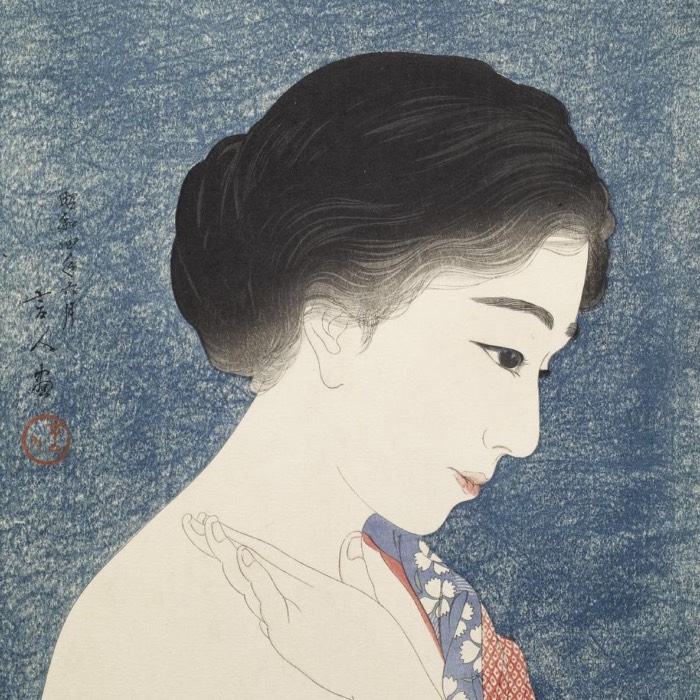

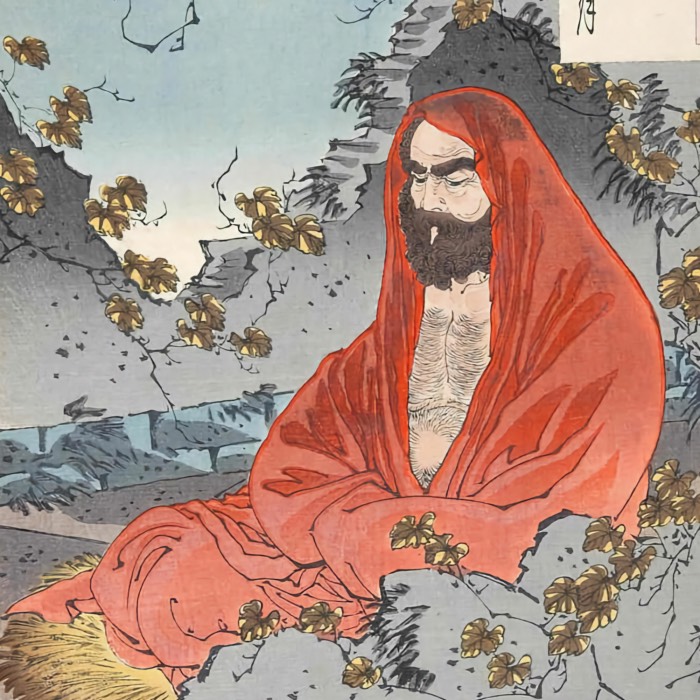
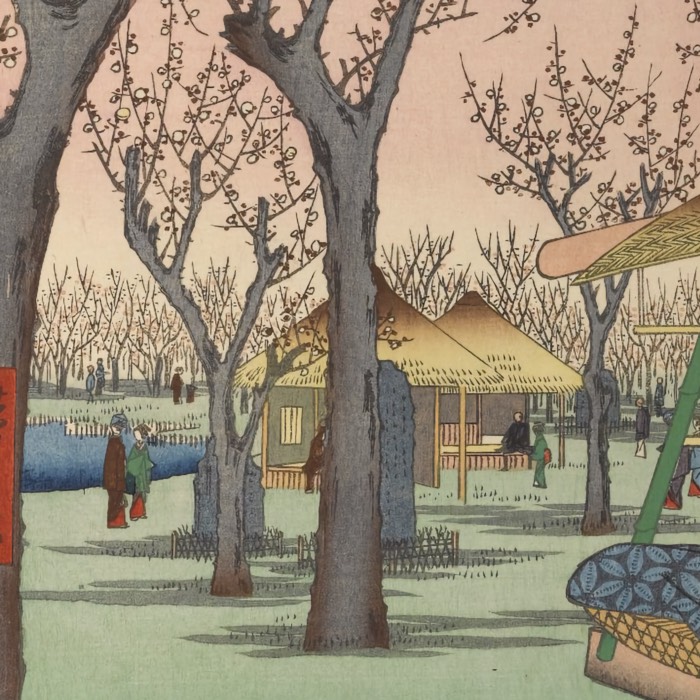


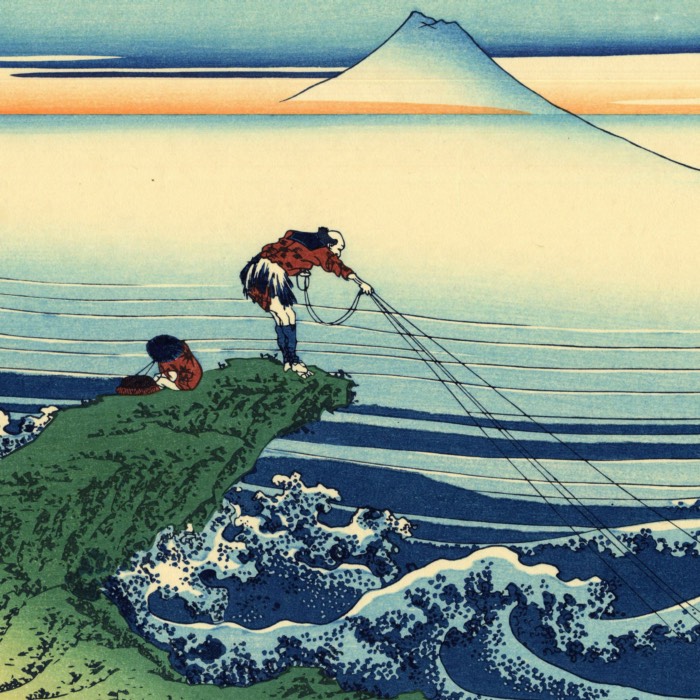
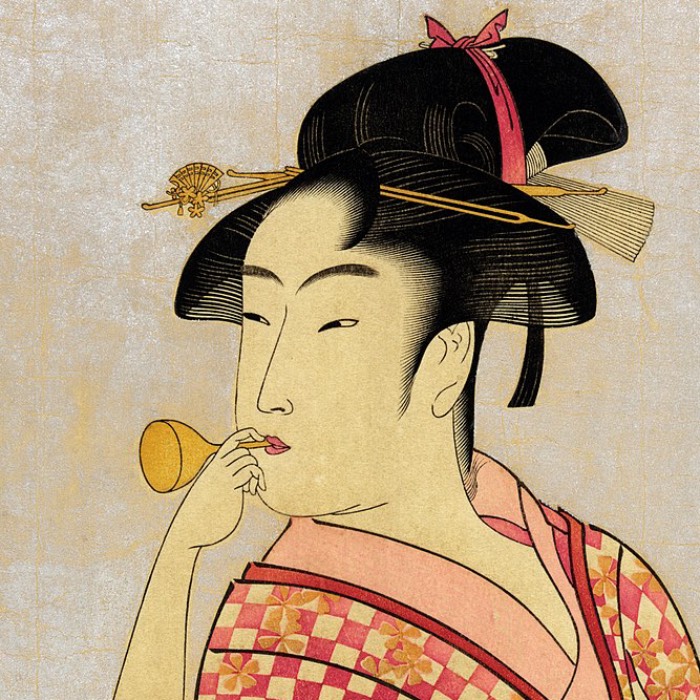
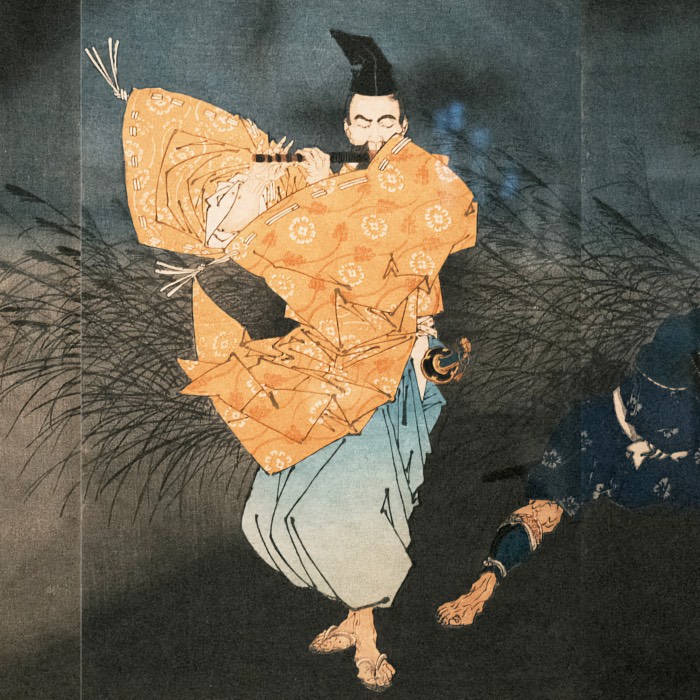
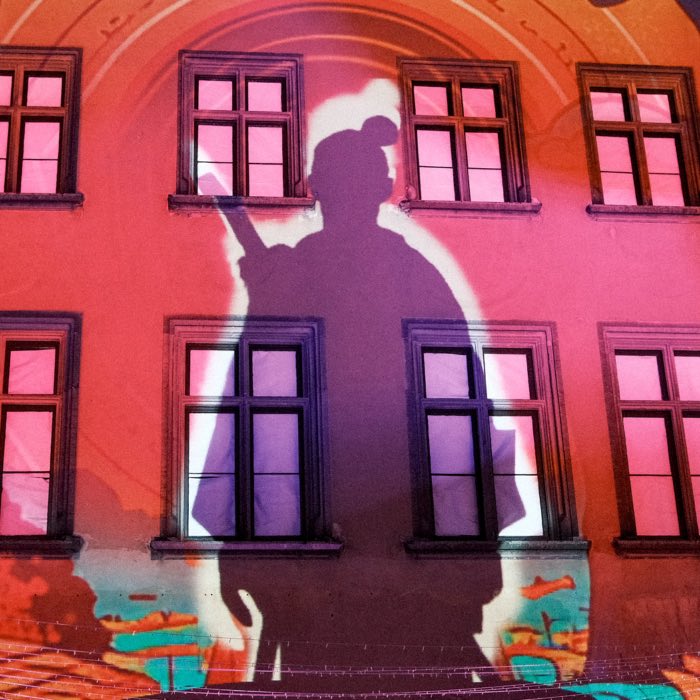
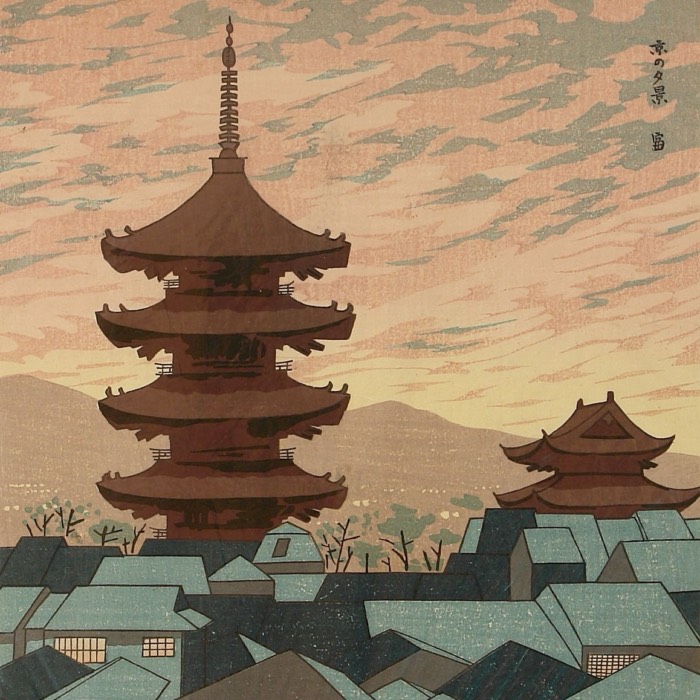
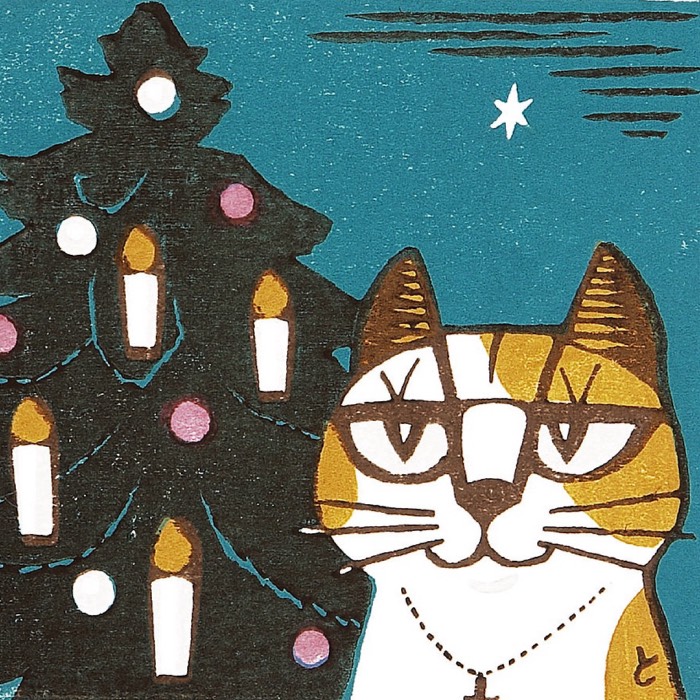
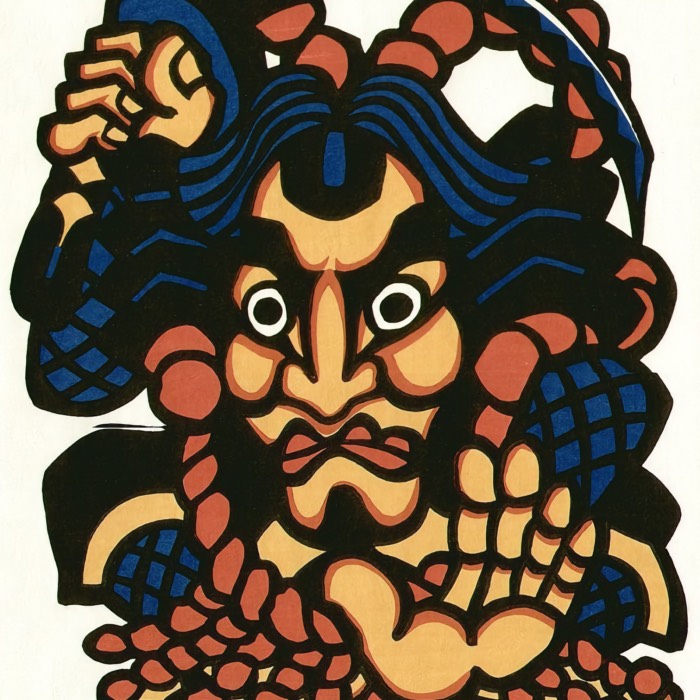
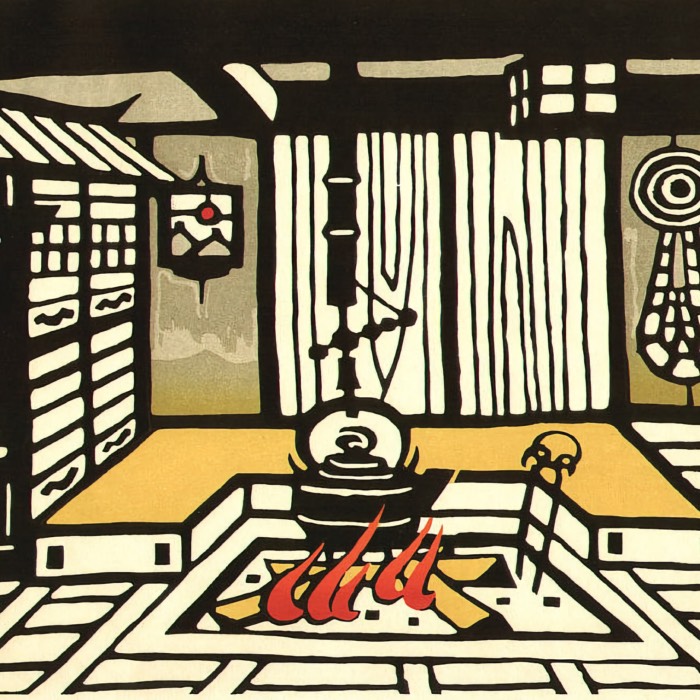
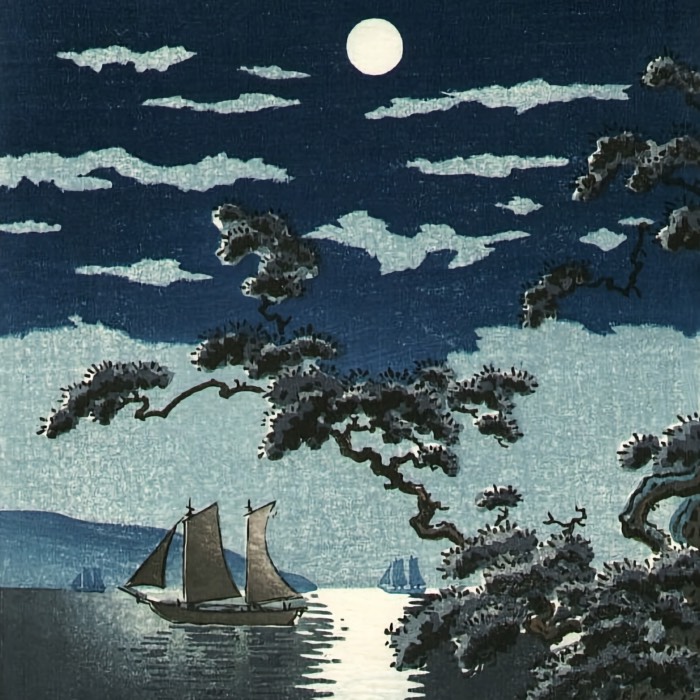
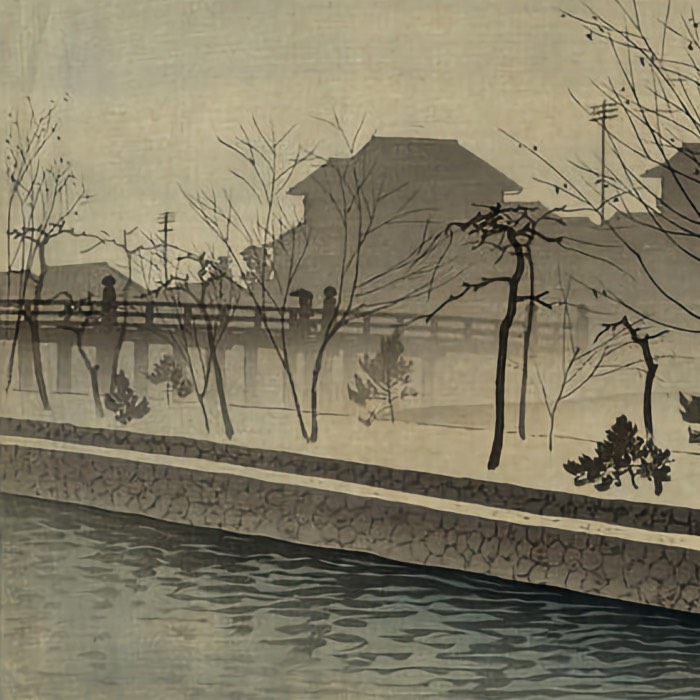
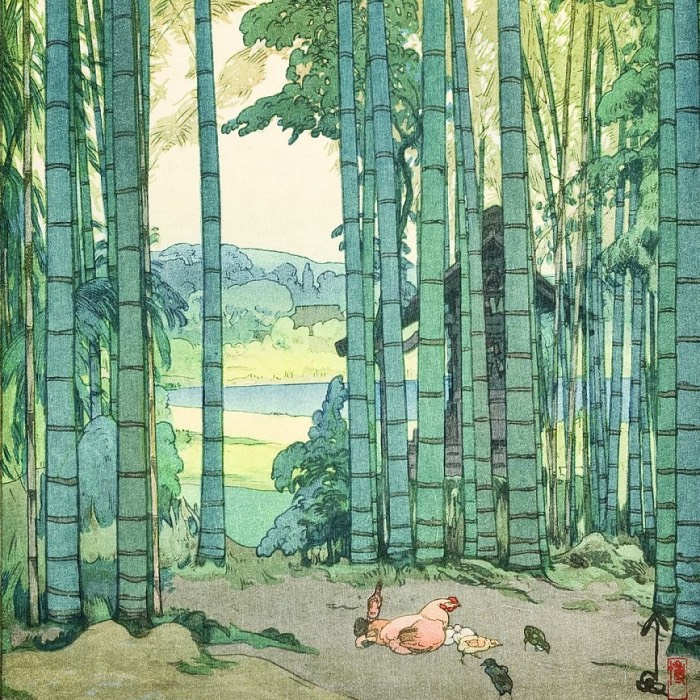
comments